Table of content
Introduction
Yangmei, also known as red bayberry, is a fruit native to China that boasts a unique tart-and-sweet flavor, making it a favorite among many. Besides being enjoyed fresh, yangmei can be used to make various delicacies, including jams, juices, and, notably, wine. Yangmei wine, with its vibrant red hue and refreshing taste, is a perfect choice for both casual gatherings and formal dinners. In this article, we will delve into the step-by-step process of making yangmei wine at home, ensuring you can enjoy this delightful beverage in the comfort of your own kitchen.

Preparing Your Ingredients and Equipment
Before diving into the recipe, it’s crucial to gather all the necessary ingredients and equipment. This will not only streamline the process but also ensure that you have everything you need to create a high-quality yangmei wine.
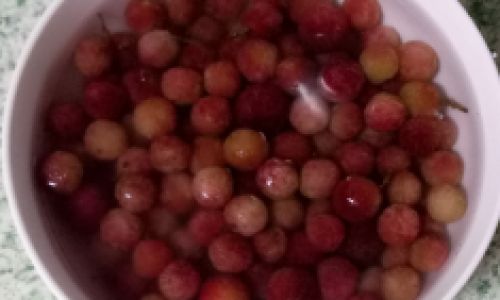
Ingredients:
- Fresh Yangmei Fruits: Choose ripe, firm, and unblemished yangmei. Approximately 2 kilograms (4.4 pounds) will be sufficient for a standard batch.
- Sugar: Granulated sugar is commonly used, but you can also opt for honey or rock sugar for a different flavor profile. Aim for about 1 kilogram (2.2 pounds) of sugar, adjusting sweetness to your preference.
- Yeast: Wine yeast is essential for fermentation. You can find it in specialty stores or online. A packet of dry wine yeast is usually sufficient.
- Water: Clean, filtered water is best. You will need approximately 3 liters (101.4 fluid ounces).
- Citric Acid or Lemon Juice: A small amount (about 1 teaspoon) helps balance the pH level and adds a touch of tartness.
Equipment:
- Large Glass Jar or Fermentation Vessel: Ensure it’s clean and sterile. A capacity of at least 5 liters (169 fluid ounces) is recommended.
- Cheesecloth or Fine-Mesh Strainer: For covering the jar to allow airflow while preventing contaminants.
- Funnel and Sterilized Bottles: For bottling the wine once fermentation is complete.
- Long Wooden Spoon or Ladle: For mixing ingredients without introducing bacteria.
- Hydrometer (Optional): Measures the specific gravity of the must (unfermented wine mixture), helping monitor fermentation progress.
- pH Meter or Test Strips (Optional): Ensures the pH level is within the desired range for optimal yeast activity.
Step-by-Step Guide to Making Yangmei Wine
Step 1: Preparing the Yangmei
- Rinse the Yangmei: Gently wash the yangmei fruits under running water to remove any dirt or debris. Pat them dry with a clean cloth.
- Removing Stems and Leaves: Carefully remove the stems and any leaves attached to the fruits.
- Crushing the Fruits: You can use a potato masher or your hands to lightly crush the yangmei. This releases their juices, which are crucial for flavor. Avoid over-crushing to maintain some fruit structure for texture.
Step 2: Mixing Ingredients
- Combining Yangmei and Sugar: Place the crushed yangmei in your fermentation vessel. Sprinkle the sugar evenly over the fruits.
- Adding Water: Gradually pour in the filtered water, stirring gently to ensure the sugar begins to dissolve.
- Adjusting pH and Tartness: Add the citric acid or lemon juice and stir well. This step is crucial as it helps create an environment conducive to yeast growth while enhancing the wine’s flavor.
Step 3: Preparing for Fermentation
- Taking a Gravity Reading (Optional): Use the hydrometer to measure the specific gravity of the mixture. This will give you a baseline to track fermentation progress.
- Adding Yeast: Sprinkle the dry wine yeast over the surface of the mixture. Allow it to sit for a few minutes before gently stirring to distribute it evenly.
- Covering the Jar: Place a cheesecloth or fine-mesh strainer over the jar’s opening and secure it with a rubber band. This allows gases produced during fermentation to escape while keeping out contaminants.
Step 4: Fermentation
- Initial Fermentation: Place the jar in a cool, dark place with a temperature between 18-24°C (64-75°F). Fermentation will typically begin within 24-48 hours, evidenced by bubbles forming and a foamy head on the surface.
- Daily Stirring: Stir the mixture gently once a day for the first week to ensure even fermentation.
- Monitoring Progress: Use the hydrometer periodically to check the specific gravity. When it stabilizes and no longer drops significantly over a few days, fermentation is nearing completion.
Step 5: Racking and Secondary Fermentation
- Siphoning Off the Wine: Once primary fermentation is done, carefully siphon the wine off the sediment (lees) into a clean, sterile jar. This process is called racking.
- Secondary Fermentation: Allow the wine to continue fermenting in the new jar for another 2-4 weeks, depending on taste preference. Stir occasionally if desired.
Step 6: Bottling and Aging
- Final Racking: Once secondary fermentation is complete, rack the wine again to remove any remaining sediment.
- Bottling: Use a funnel to pour the wine into clean, sterile bottles, filling them to the neck to minimize air exposure.
- Corking or Sealing: Secure the bottles with corks or tight-fitting lids.
- Aging: Store the bottles in a cool, dark place for at least 3 months to allow the wine to mature and develop its full flavor. Aging can continue for up to a year or more for even more complex flavors.
Conclusion
Making yangmei wine at home is a rewarding endeavor that allows you to enjoy the unique taste of this Chinese fruit in a new and delightful way. By following the steps outlined above, you can create a batch of delicious, refreshing yangmei wine that will impress your friends and family. Remember, patience is key during the fermentation and aging processes, as these stages allow the wine to develop its full potential. Happy brewing!
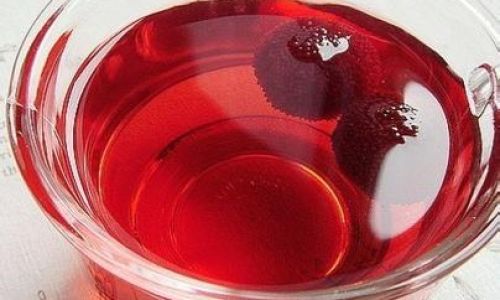

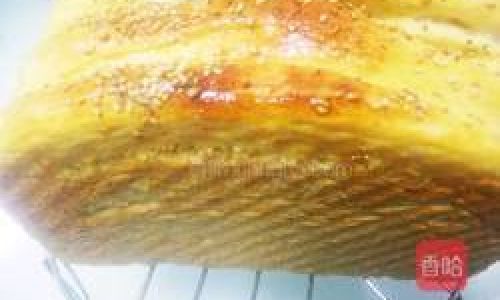
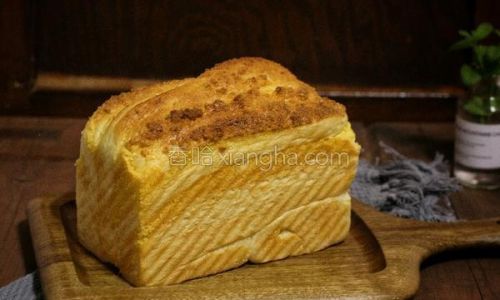
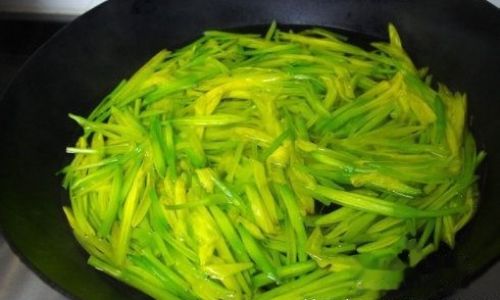
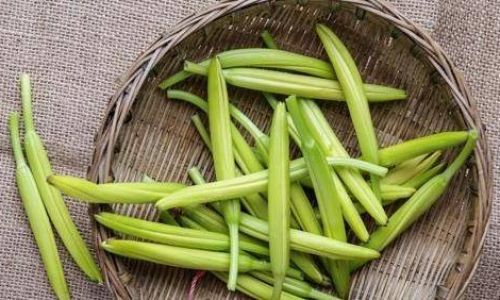
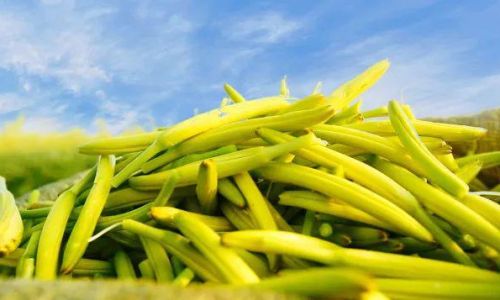
0 comments